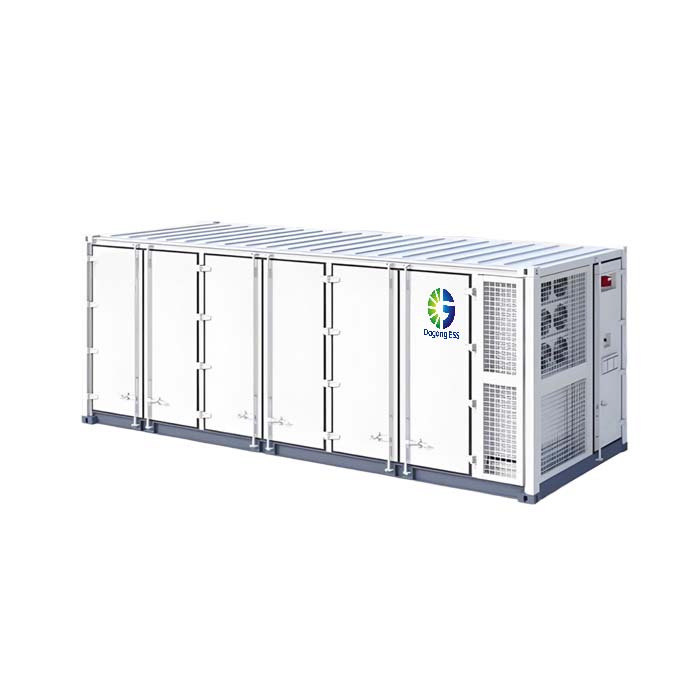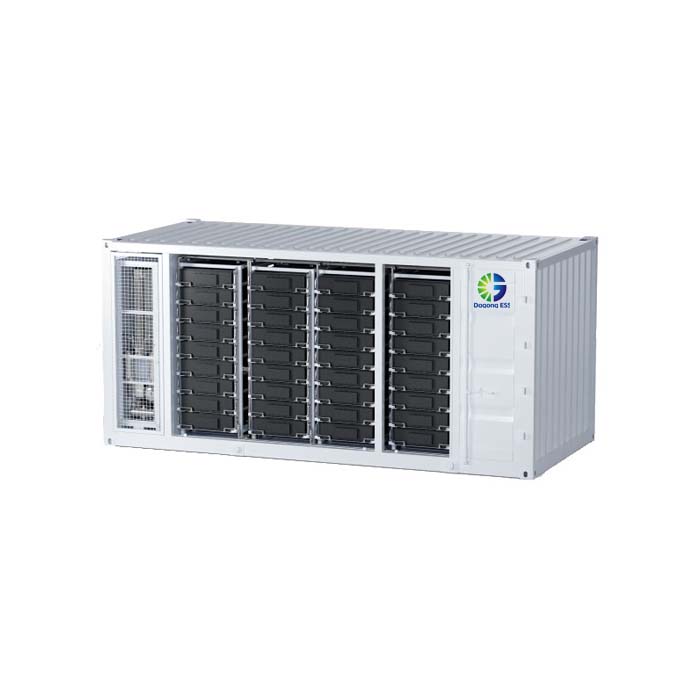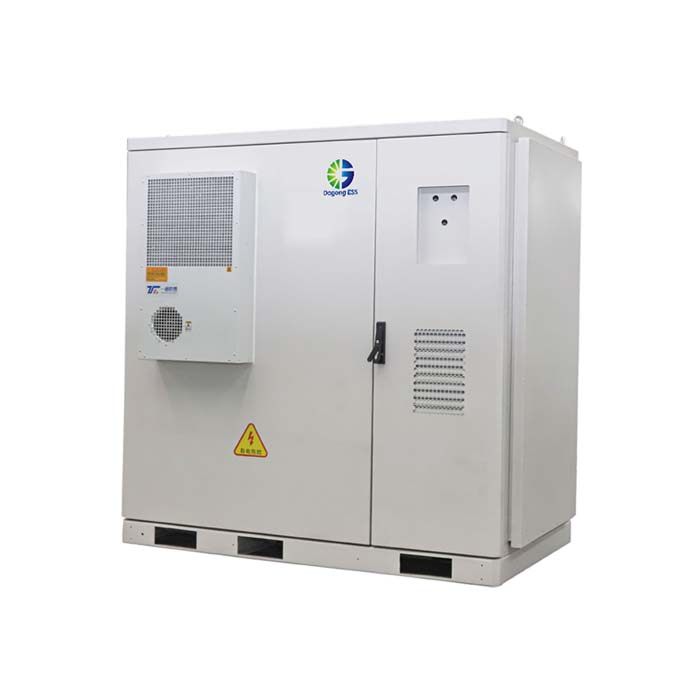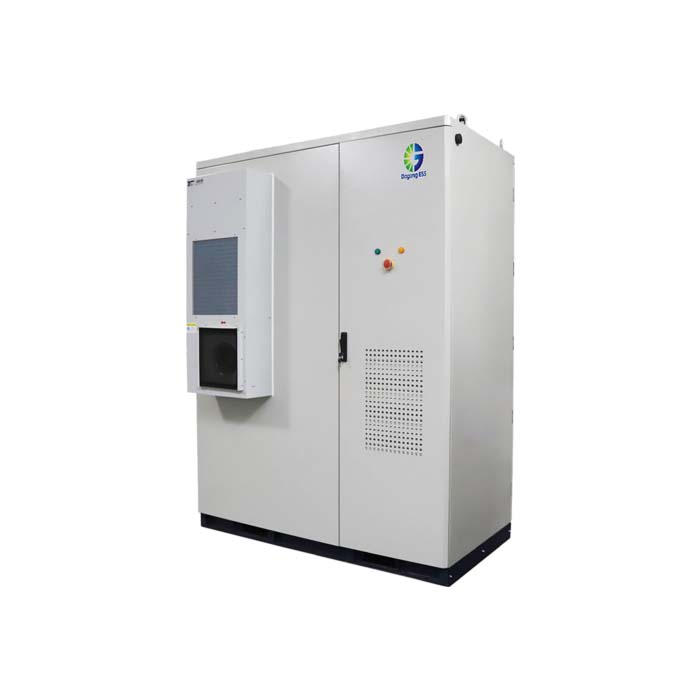Understanding the Air Duct Design in Air-Cooled Energy Storage Systems
What is Air Duct Design in Air-Cooled ESS?
Air duct design in air-cooled energy storage systems (ESS) refers to the engineering layout of internal ventilation pathways that guide airflow for optimal thermal management of battery modules. This design is critical in maintaining safe operating temperatures, extending battery lifespan, and ensuring system stability.
Types of Air Duct Designs in Air-Cooled ESS
Air-cooled ESS typically use two main types of duct structures:
Front-to-Rear Airflow Design: Cool air enters from the front and exits through the rear, creating a one-way flow that cools each battery module sequentially.
Side-to-Side or Top-to-Bottom Airflow Design: Air moves horizontally or vertically to suit cabinet layout constraints or installation environments.
Each design is chosen based on the ESS size, installation location, and target cooling efficiency.
Features of Air Duct Design in Air-Cooled ESS
Optimized Heat Dissipation: Well-structured air ducts ensure even airflow distribution and avoid hotspots within the cabinet.
Modular Cooling Zones: Some systems divide the interior into multiple zones, allowing temperature-specific cooling strategies.
Low Power Consumption: Compared to liquid-cooled systems, air duct systems consume less energy for cooling.
Simplified Maintenance: Fewer moving parts and no coolant liquids make maintenance and inspection more straightforward.
Noise Control: Proper air duct layout helps reduce airflow turbulence and system noise.
Applications of Air-Cooled ESS with Efficient Air Ducts
Air-cooled ESS with advanced duct design are widely used in:
Commercial and Industrial Energy Storage Cabinets
Telecom Base Stations
Microgrids and Off-grid Solar Systems
Residential or Small Business Backup Systems
Their straightforward design makes them ideal for indoor installations or moderate climate zones.
Price of Air-Cooled ESS with Optimized Air Ducts
Air-cooled systems are generally more cost-effective than liquid-cooled alternatives. Prices vary based on:
Energy capacity (e.g., 100kWh to 215kWh)
Cabinet structure and duct complexity
Battery type (typically LFP)
Integrated functions (PCS, EMS, fire suppression, etc.)
Typical price range: $250–$400 per kWh, depending on configuration and project scale.
How to Select Air Duct Design for Your Project?
To choose the right air duct layout for your air-cooled ESS project, consider:
Climate Conditions: High ambient temperatures may require enhanced airflow structures.
Cabinet Layout: Taller cabinets may benefit from vertical airflow; shorter, wider designs may use side airflow.
Maintenance Needs: Simplified ducting reduces service time and cost.
System Capacity and Density: Higher-density systems require more efficient ducting and airflow control.
Consult your ESS supplier to simulate airflow and optimize cabinet layout based on your actual use case.
How Long Does Air-Cooled ESS Last?
With proper air duct design and temperature control, an air-cooled ESS can last:
10–15 years in standard operating conditions
Up to 6000 cycles with high-quality LFP battery modules
Routine maintenance of filters and air channels will further ensure system longevity.
The Supplier of High-Quality LFP Energy Storage Systems
Dagong ESS is a professional manufacturer of customized battery energy storage systems. Products range from:
Household ESS (5–80kWh)
Commercial & Industrial ESS Cabinets (100 to 372kWh)
We continuously strive to meet the evolving needs of our customers with dependable and customizable energy storage products.
If you are looking for Battery Energy Storage System(BESS) with hybrid inverter for solar & grid or want to know more about the technical information, please feel free to contact Dagong ESS(Dagong New Energy) .








